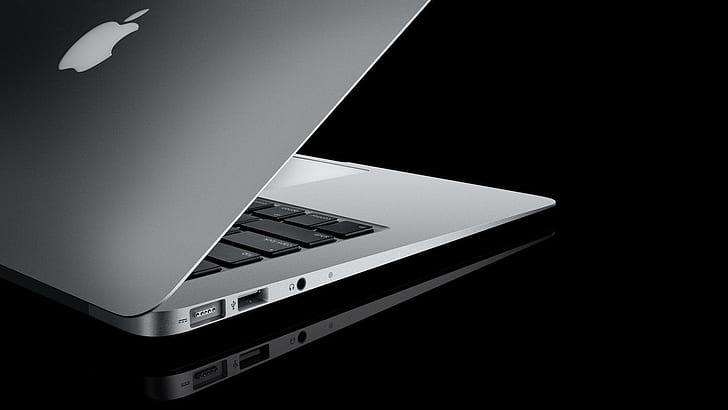Does your MacBook Air keep on saying, “Your system has run out of memory,” but you’re clueless about the reason? Many users are also complaining about MacBook Air memory leaks after the macOS Sonoma update.

The latest Mac Air models, like MacBook Air (13-inch, M3, 2024) and MacBook Air (15-inch, M3, 2024,) come with enough memory (16GB and 8GB options). Still, your MacBook Air may run out of memory at times.
Why? Let’s continue reading this blog to find out, along with the Macbook Air running out of memory fix and answers to related questions.
MacBook Air running out of memory: Reasons
There can be two types of issues with the memory of your MacBook Air:
- Storage issues
- RAM limitations
Storage issues
- Large files or apps
- Temporary files
- Cache
- Duplicate files
- Overloaded download folder
- Mail attachments
RAM limitations
- Too many apps running at the same time
- Apps that heavily require memory to work
- Hidden processes running in the background
In addition, there could be other reasons why your MacBook Air runs out of memory.
Macbook Air running out of memory: Fixes
Check out the following tips to fix the “MacBook Air running out of memory” problem:
Restart your MacBook
This is the first and simplest way that might solve the issue. You might have heard IT desks asking you to restart your MacBook. This is because this step may quickly solve your problem. When MacBook restarts, it will empty the RAM and disk caches. As a result, you may find the problem solved.
However, there may be situations when restarting your MacBook does not seem viable. Maybe you’re in the middle of something or want to try another better idea. In this case, read on to know how to free up RAM.
Update your macOS version.
The issue can be due to an outdated or older macOS version. So, check to see if you’re using the most up-to-date version of macOS. If not, then update it as soon as possible, which may solve the problem.
Close unnecessary apps
If you notice in Activity Monitor that some apps are hogging resources, especially the memory of your MacBook Air, then you should close all unnecessary apps. Or look at the Dock to identify apps that you can quit, thus freeing up some resources.
Check the CPU usage
Sometimes, it isn’t just RAM overconsumed by apps. There can be apps hogging the processing power of your MacBook Air, thus impacting its performance and memory.
To do this:
- Open Activity Monitor.
- Click the CPU tab.
- Sort the processes by %CPU.
- Identify apps that consume a high percentage of CPU time.
- Select and click on the (x) in the menu to quit the process or app.
Clean your Desktop
All macOS versions are developed assuming that Desktop icons are less active. More icons means more memory usage on the Mac. So, cleansing the Desktop can free up some memory space.
Close the Finder windows.
People rarely know that Mac’s Finder windows consume a lot of memory. So, you can free up some memory space by closing many Finder tabs and processes. Also, merge the rest of the windows by selecting Window > Merge All Windows.
Delete unnecessary browser extensions.
Web browser extensions may be unknowingly hogging all of your Mac’s memory. So, check for memory-hogging extensions and remove them if you no longer use them. If you need to keep some memory-intensive extensions, then check to see if there are lighter alternatives.
How to clear the application memory on Mac
Application memory is the part of your macOS that handles all running apps on your device. It’s different from Mac storage. When you download an app, you’ll find it in the Application folder. But it is stored on the hard drive. But when you launch the app, it uses RAM.
Follow these steps to check application memory on your Mac:
Step 1: Open Applications > Utilities.
Step 2: Open Activity Monitor.
Step 3: Click Memory.
Step 4: Check the data and pay attention to App Memory next to Memory Used.
By following the tips discussed above, you can clear the application memory on your Mac. These typically include uninstalling unnecessary apps, closing or uninstalling memory-hogging apps, clearing disk space, updating your apps, and updating your macOS to the latest version.
Hopefully, this answers your question about why is my MacBook Air running out of memory.


